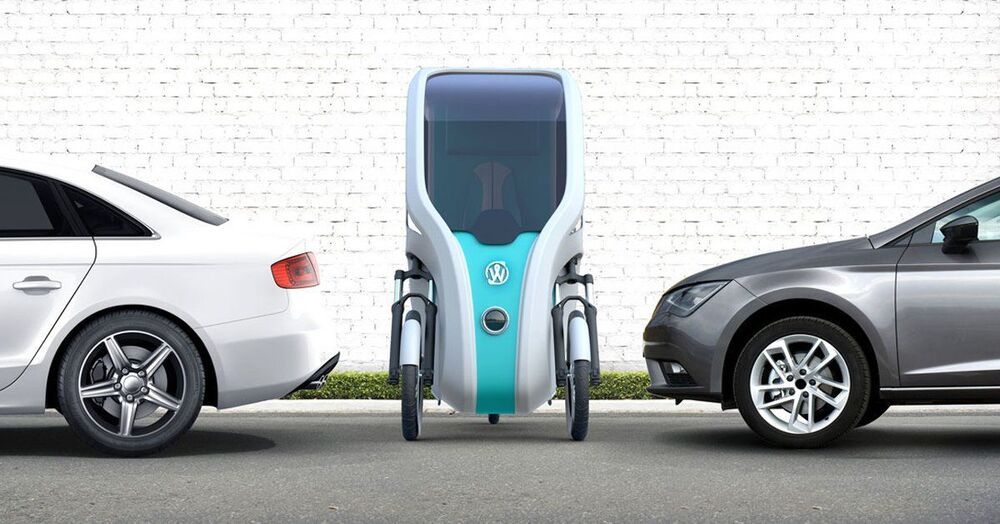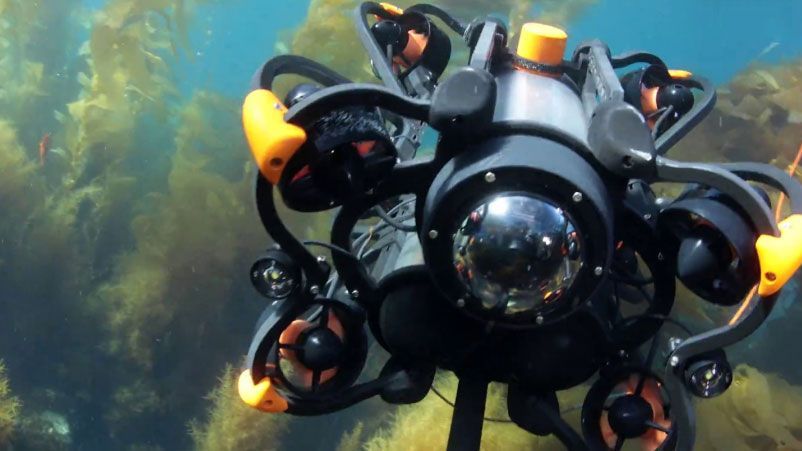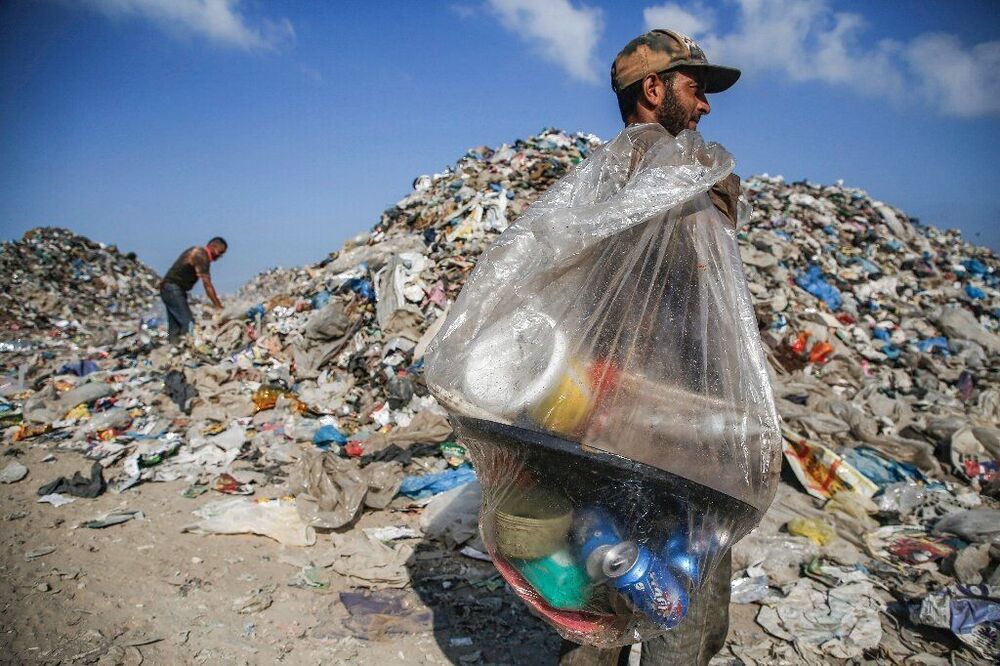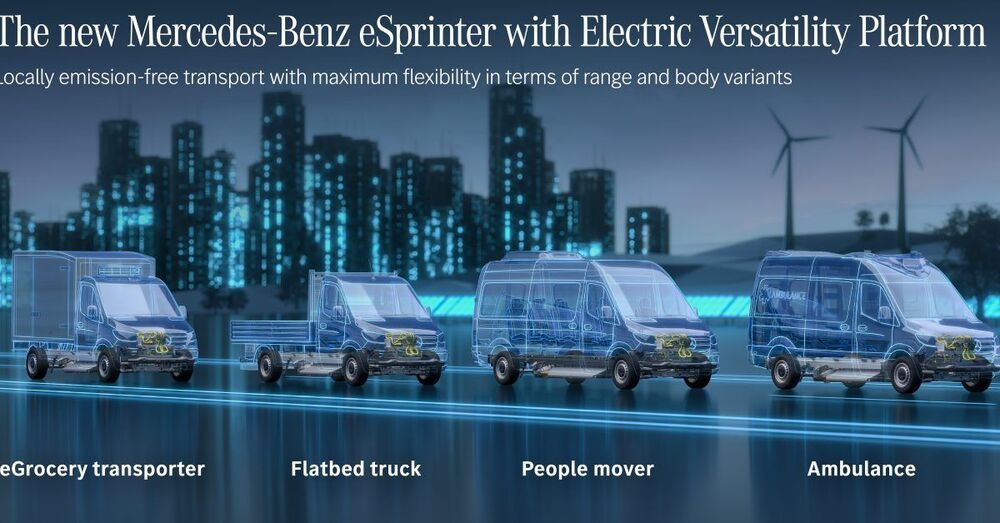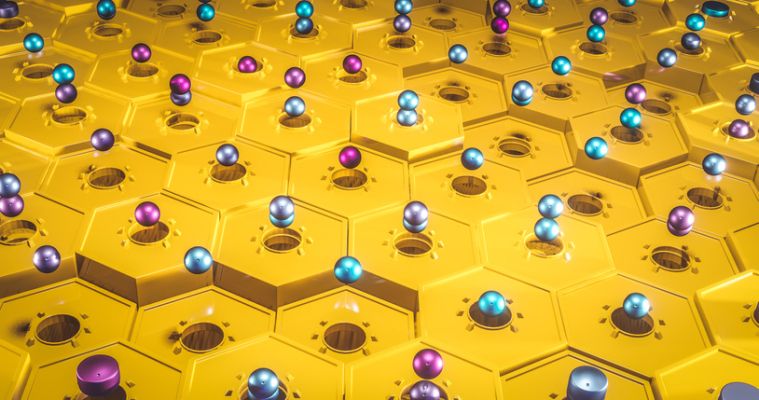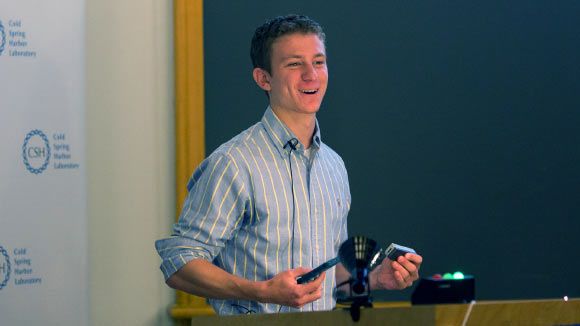We’re rigged for silent running in the Seawolf, America’s newest and fastest attack submarine.
In the January 1998 issue, Popular Mechanics boarded the U.S. Navy’s newest (and deadliest) attack submarine, the USS Seawolf. After the Cold War, the U.S. pivoted away from these heavily armed behemoths of the deep, but the Navy’s upcoming submarine, currently named the SSN(X), could be as armed to the teeth as its Seawolf forebear, a signal that times are changing on the high seas.
Capt. Dave McCall admits to one vice. “I like to drive fast,” he says, “I like to drive very fast.”
The Navy has indulged McCall’s need for speed by giving him command of its fastest attack submarine ever, the USS Seawolf.
